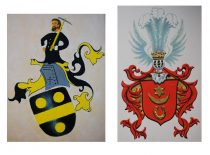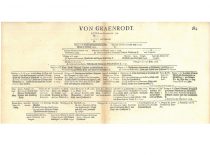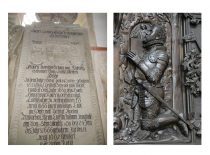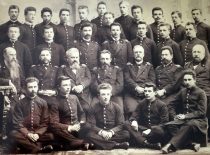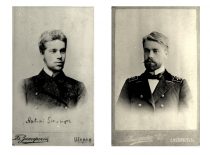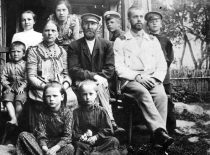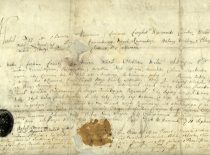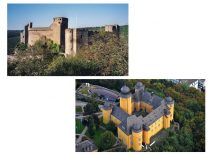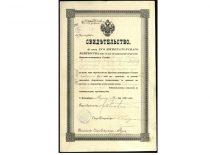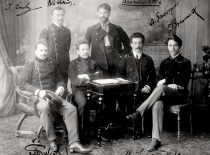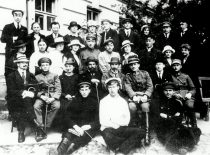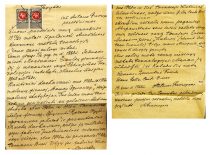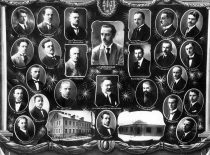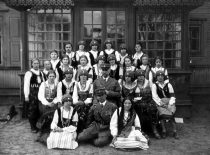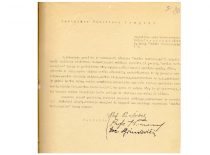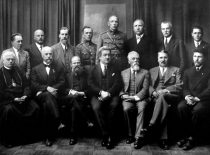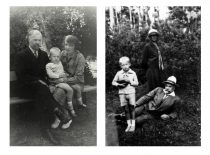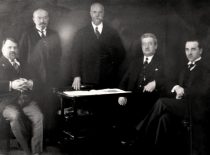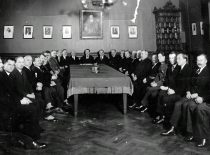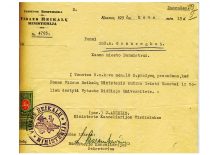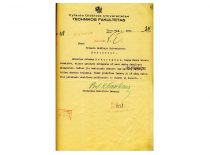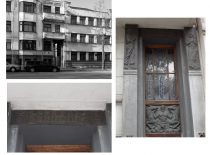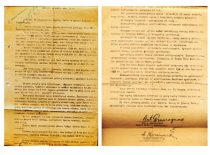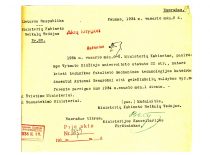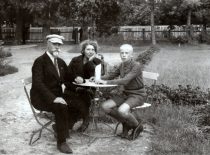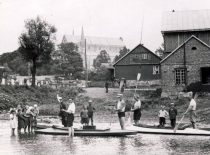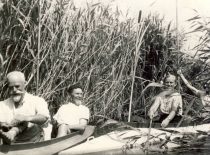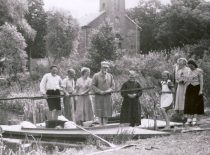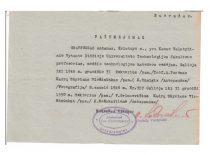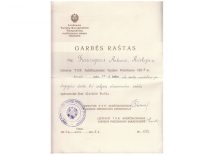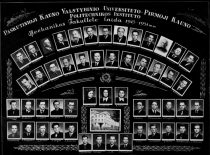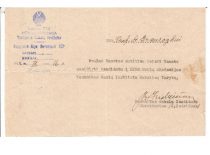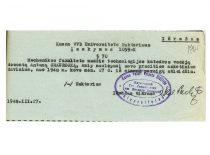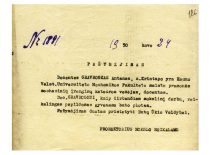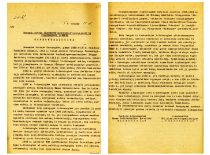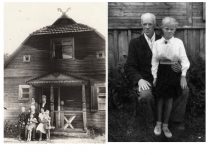Rifleman, Teacher, Burmaster
In 1920, A. Gravrogkas returned to Lithuania and was arrested by the Lithuanian intelligence because he was transporting a bundle of communistic literature handed over by Vincas Mickevičius Kapsukas. With support by the Prime Minister Ernestas Galvanauskas, he avoided the inconveniences and was employed as the head of the narrow gauge railway workshop, later, he became the director of the narrow gauge railway. In 1921, he joined the Lithuanian Riflemen’s Union, was elected to the central board and was the editor of the “Trimitas” for some time. His son Vytautas Kristupas told that his father A. Gravrogkas admitted that he participated in the organisation of the assassination attempt against E. Galvanauskas on 25 November 1922 aiming for the Lithuanian Government not to accept the Hymans project (i.e., confederation with Poland). The authorities did not find the persons responsible for the attempt; however, it contributed to the rejection of this project. In January 1923, A. Gravrogkas was one of the organisers of the Uprising of Klaipėda, participated in the uprising as a regular rifleman and was awarded the Klaipėda Liberation Silver Shield which he particularly valued and considered equally valuable to his family crests. When he was building a house, he requested the bas-relief of this image to be embedded in the centre over the main entrance and the family crests – on the sides. On 2 February 1923, A. Gravrogkas started teaching mechanical technology at the Technical Faculty of the University of Lithuania. Simultaneously, he was teaching at Kaunas Post-Secondary Technical School led by his brother Julijonas Gravrogkas, and in 1925–1927, he was teaching at Dotnuva Agricultural Academy.
As the editor of “Trimitas”, A. Gravrogkas was fighting for the Riflemen’s Union to remain a public organisation instead of becoming a tool for authorities; therefore, by the order of the Prime Minister Juozas Tūbelis, he was dismissed from the position of the editor and it was forbidden to publish his articles in this publication. On 1 February 1932, A. Gravrogkas was elected as the Burmaster (Mayor) of Kaunas City; however, he was dismissed on 20 December 1933. The reason for his dismissal, as he wrote in his autobiography in 1940, was the legal proceedings instituted against the electricity company, 30 flats built for workers in Vileišis Square and his refusal to dismiss the head of the Social Department Petras Ruseckas who had an argument with Jadvyga Tūbelienė. While working as a Burmaster (Mayor), he was teaching at Vytautas Magnus University free of charge and when he lost the position of the Burmaster, he continued working at the university and was re-employed at the Railway Board. His title of professor was approved in 1939.




